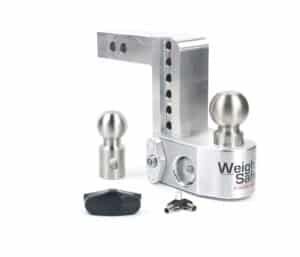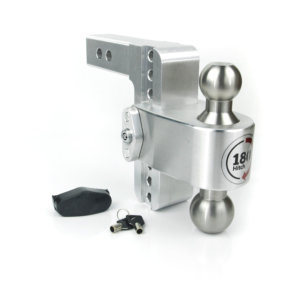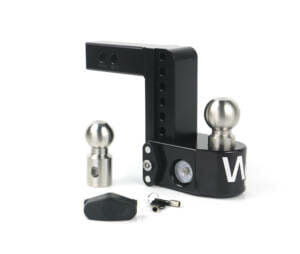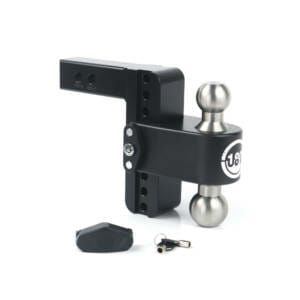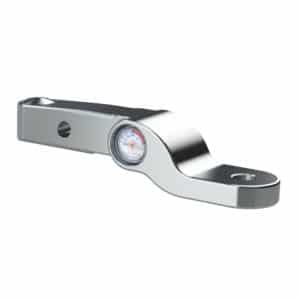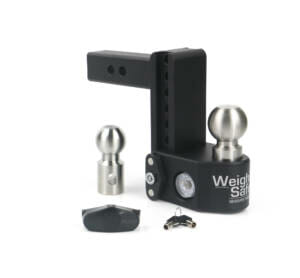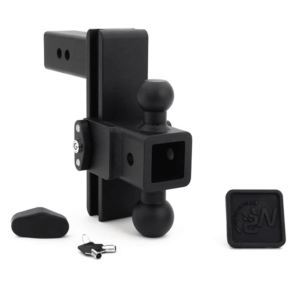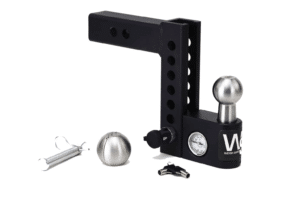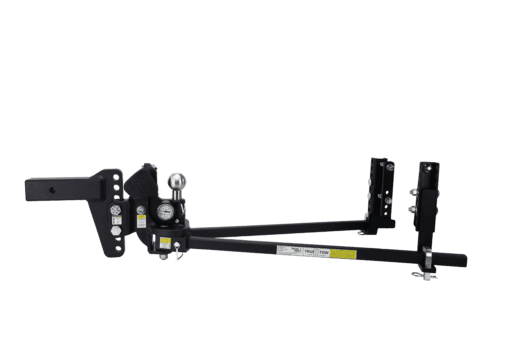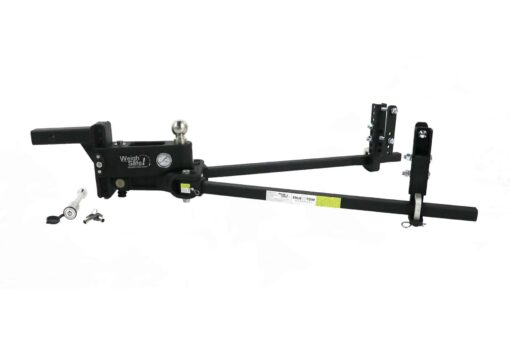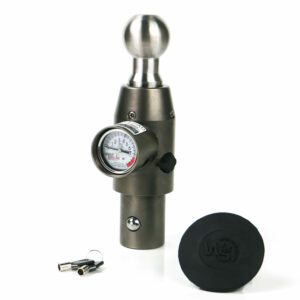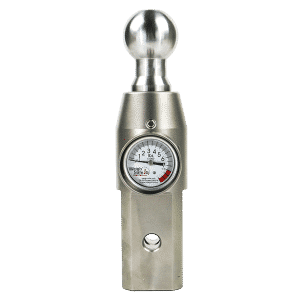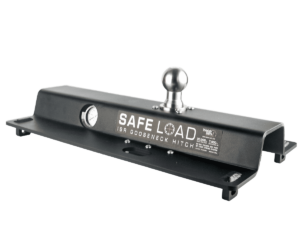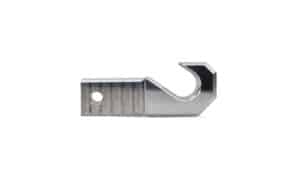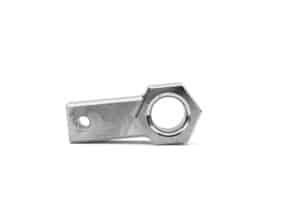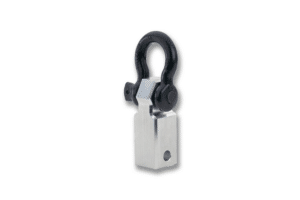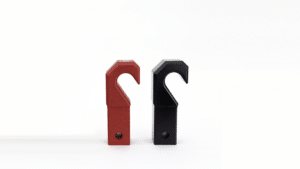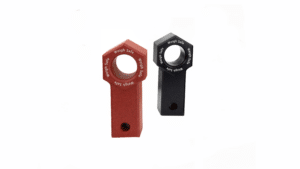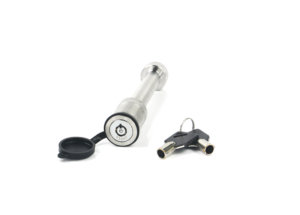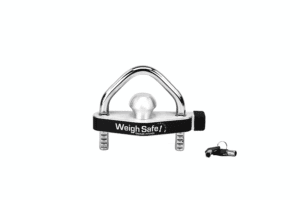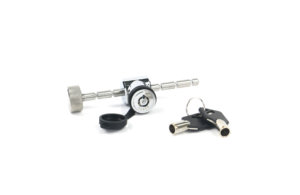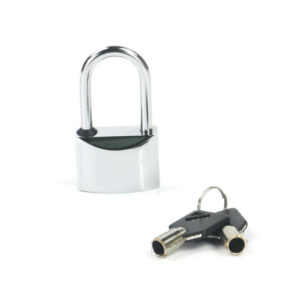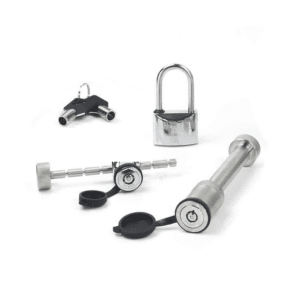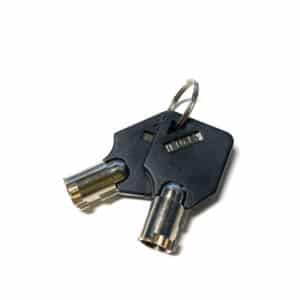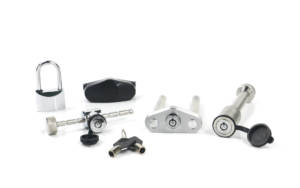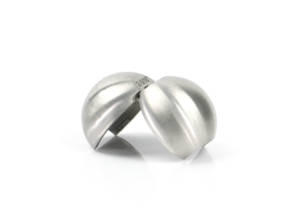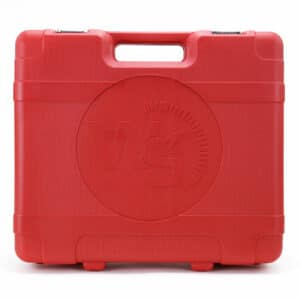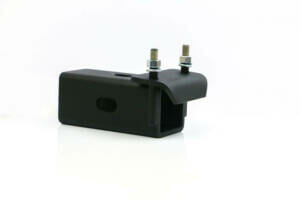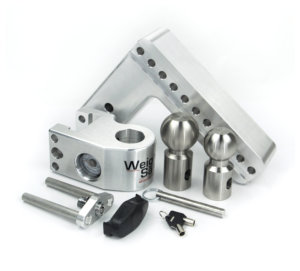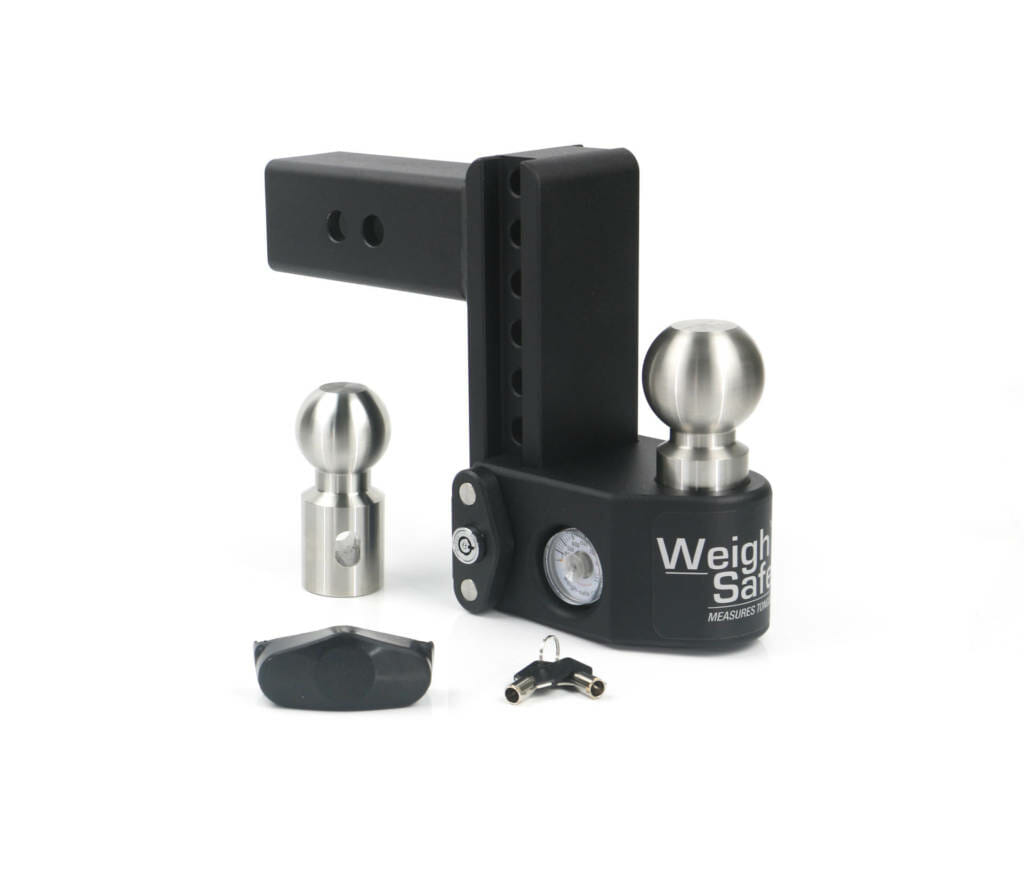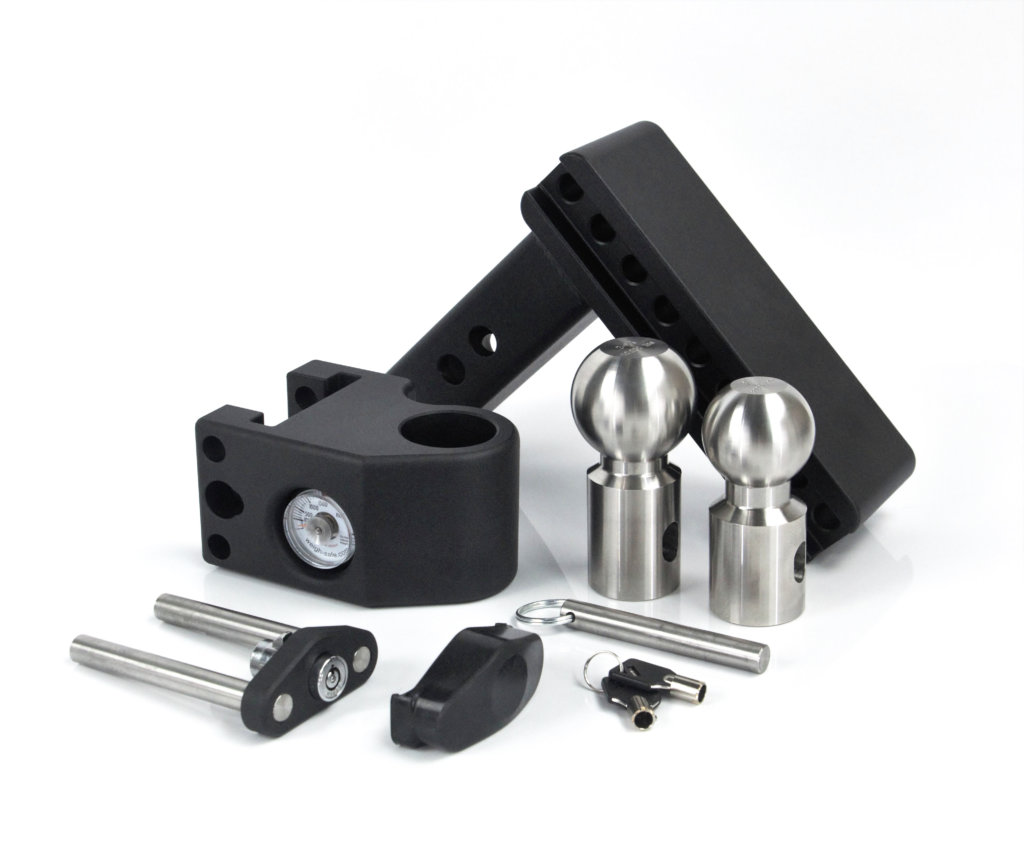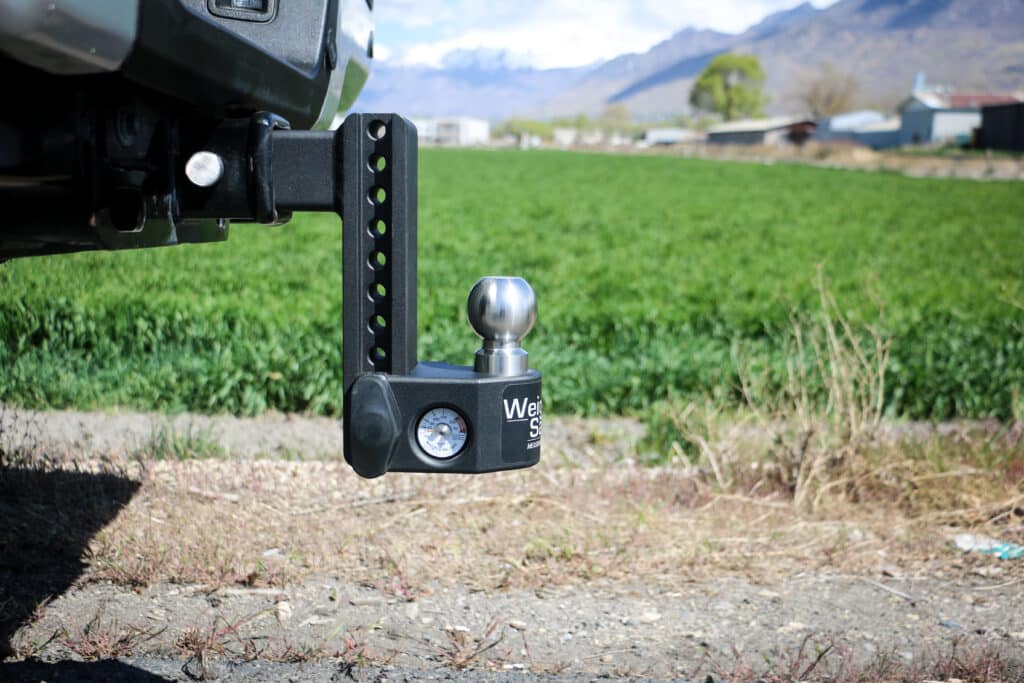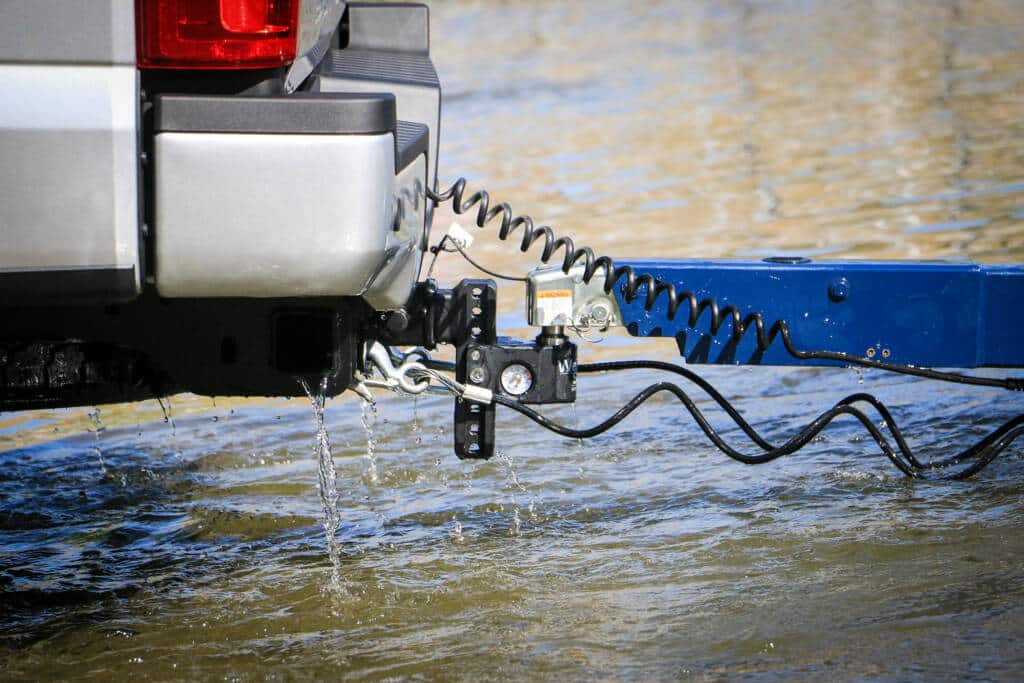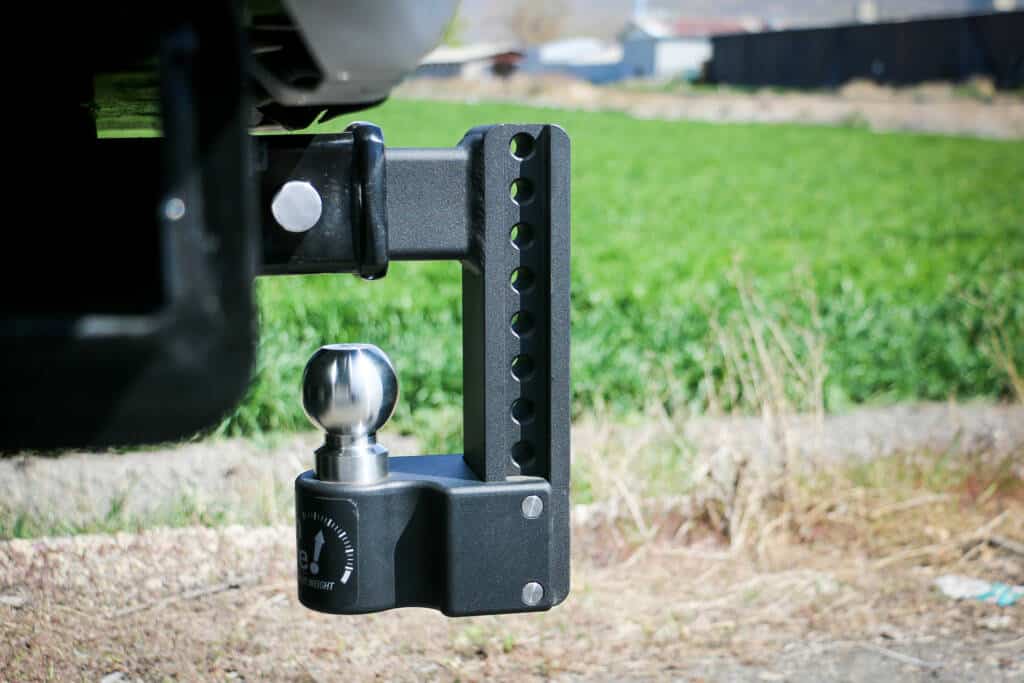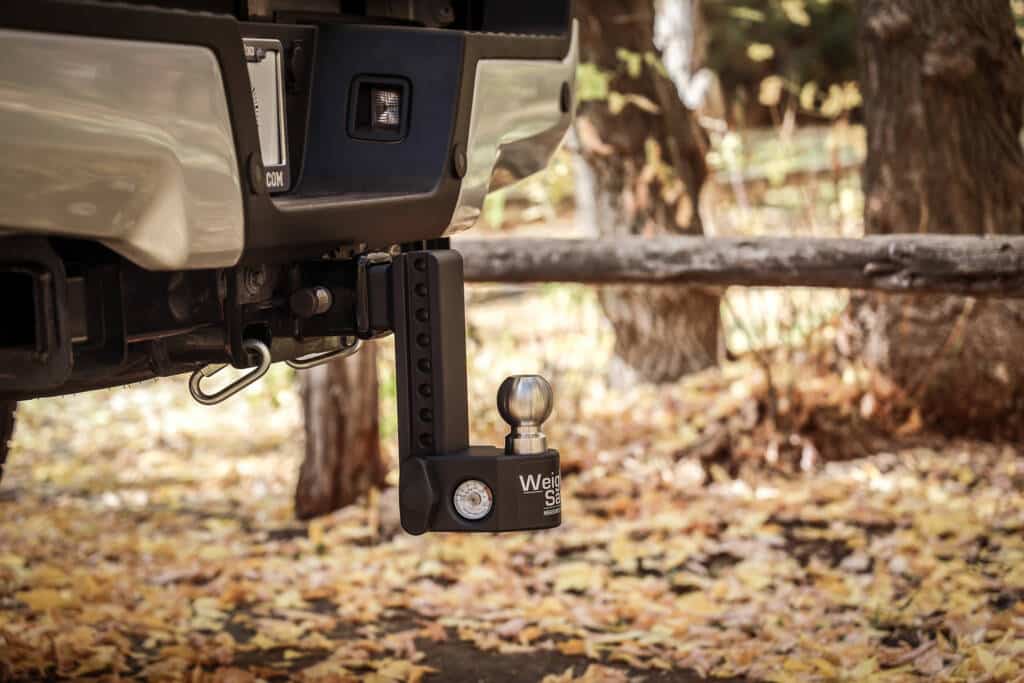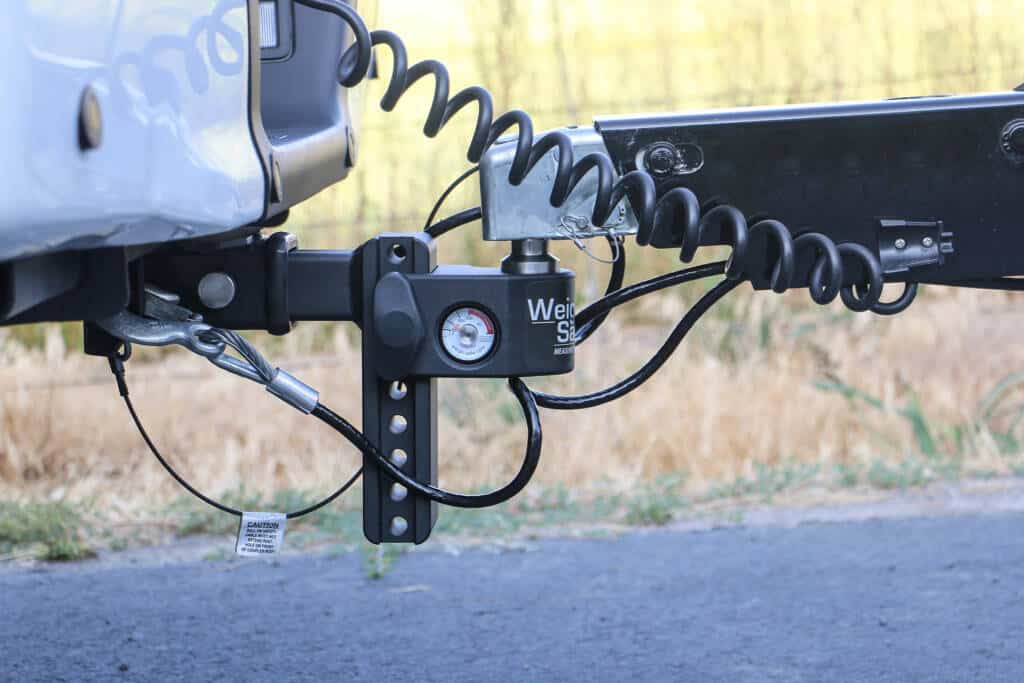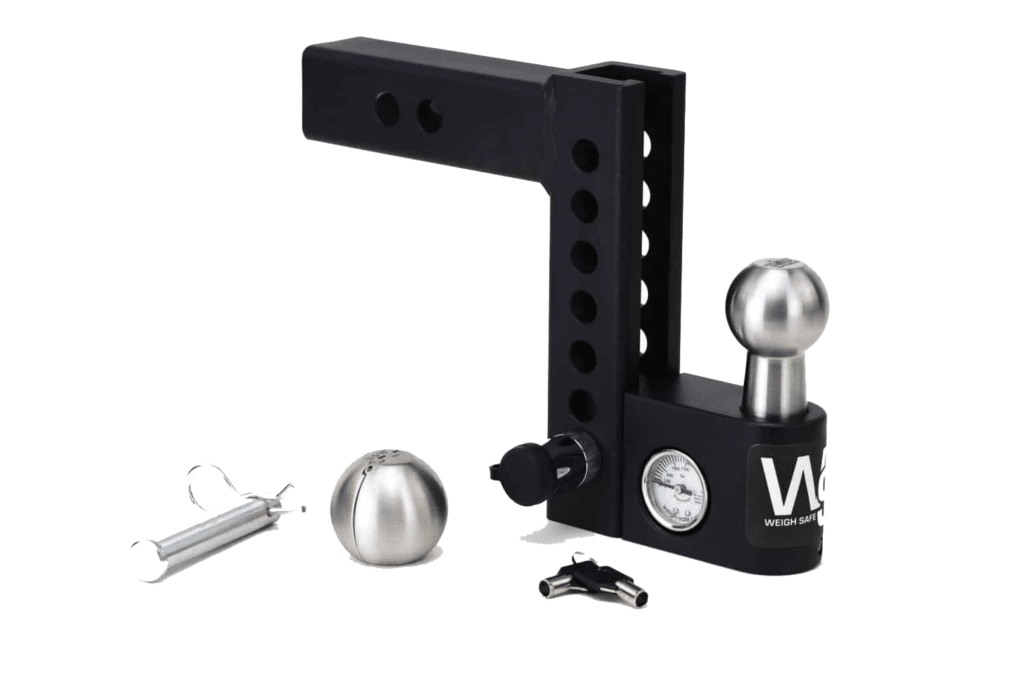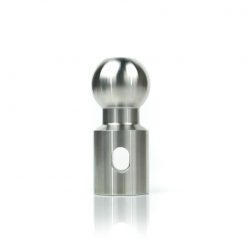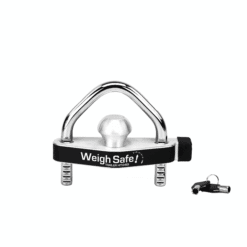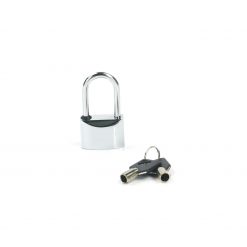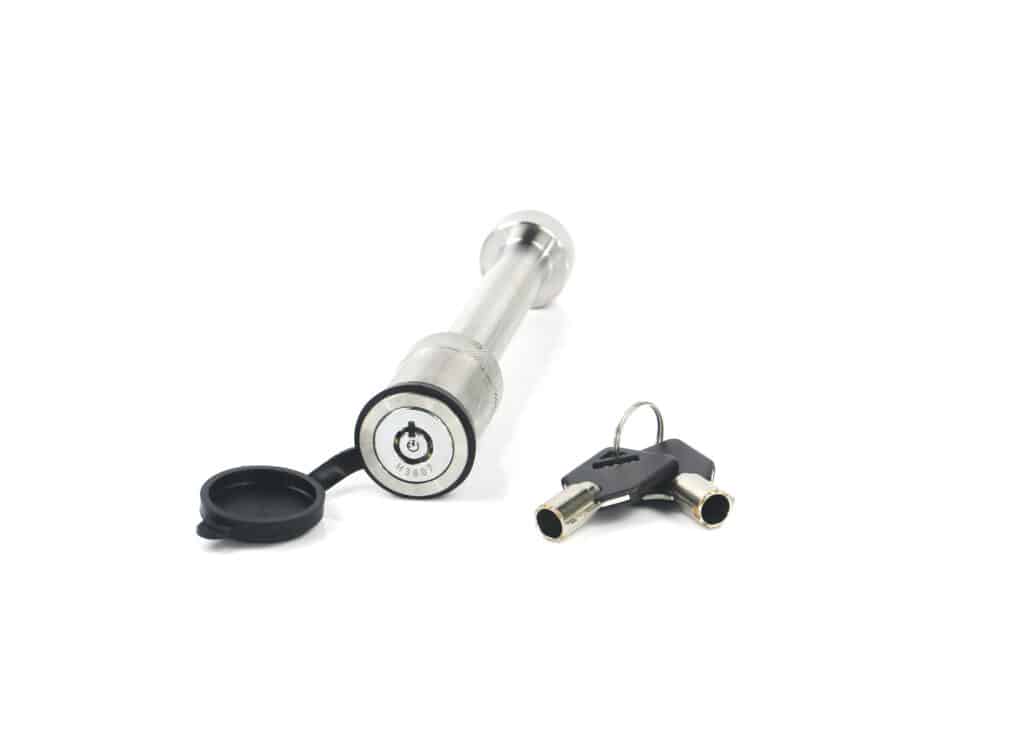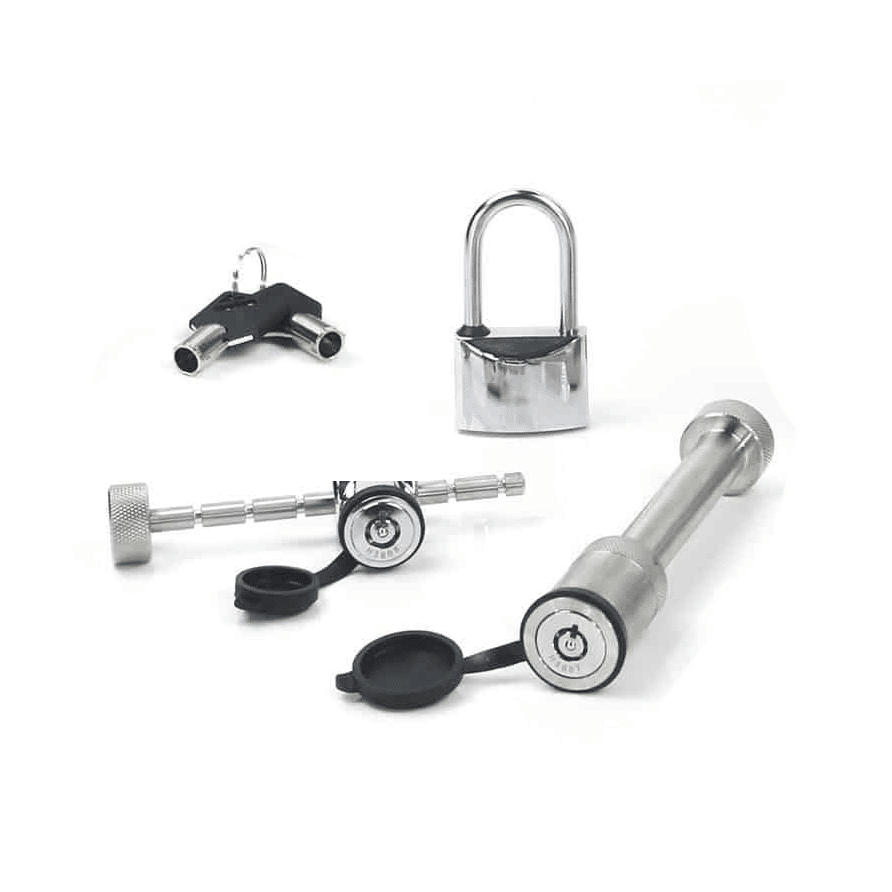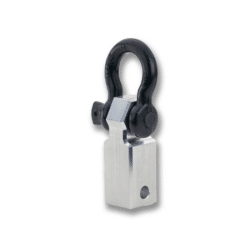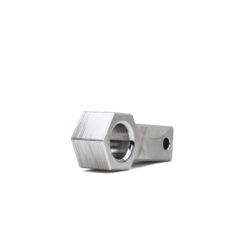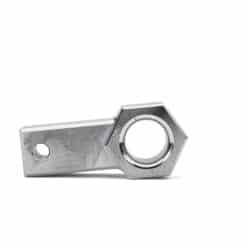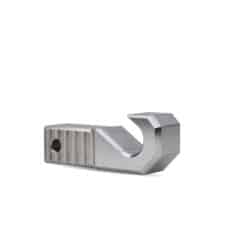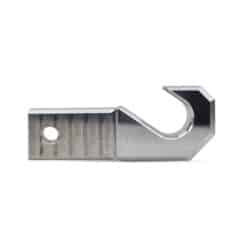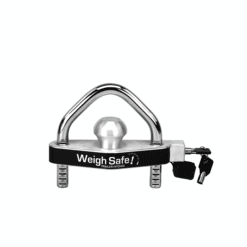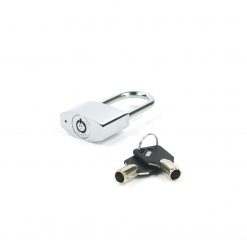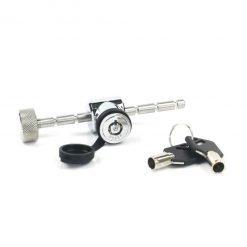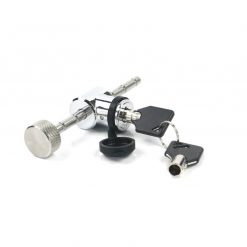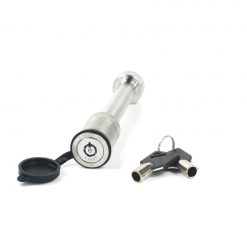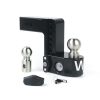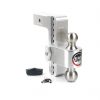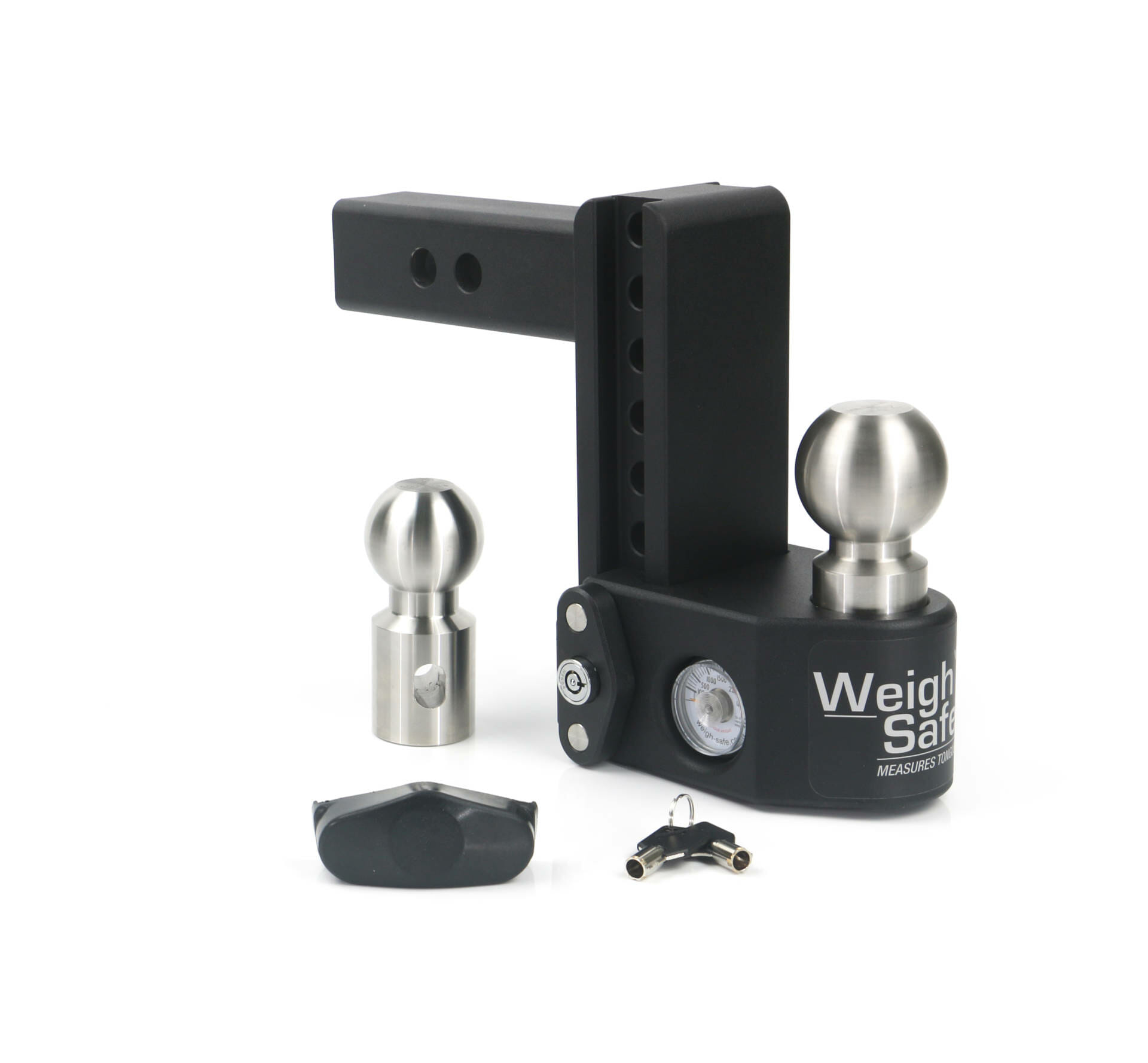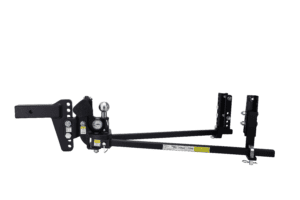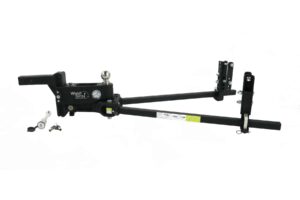
Steel Weigh Safe Drop Hitch
$324.00 – $414.00
The Steel Weigh Safe Drop Hitch is the best drop hitch on the market. This hitch features our signature built-in gauge that measures tongue weight so you never have to worry about an unbalanced and unsafe load again. Crafted out of high-strength, hardened steel, the Steel Weigh Safe Drop Hitch is not only sleek but offers a Towing Peace of Mind with every towing journey.
The Steel Weigh Safe Drop Hitch is available in 6" and 8" drop lengths and both 2" and 2.5” receiver sizes.
Frequently Bought Together
Features
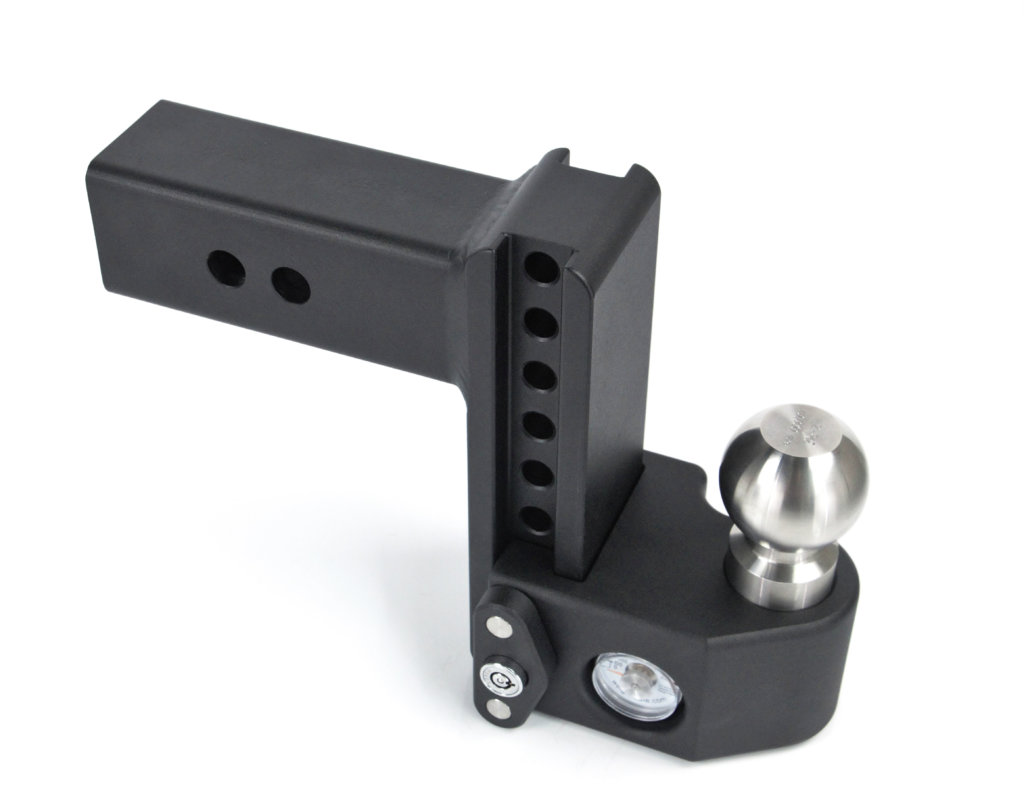
HIGH-STRENGTH STEEL
Constructed of high-strength steel (with a black powder coated finish), the Steel Weigh Safe Drop Hitch is rated up to 21,000 Lbs Max Gross Trailer Weight and 2,200 Lbs Max Tongue Weight.
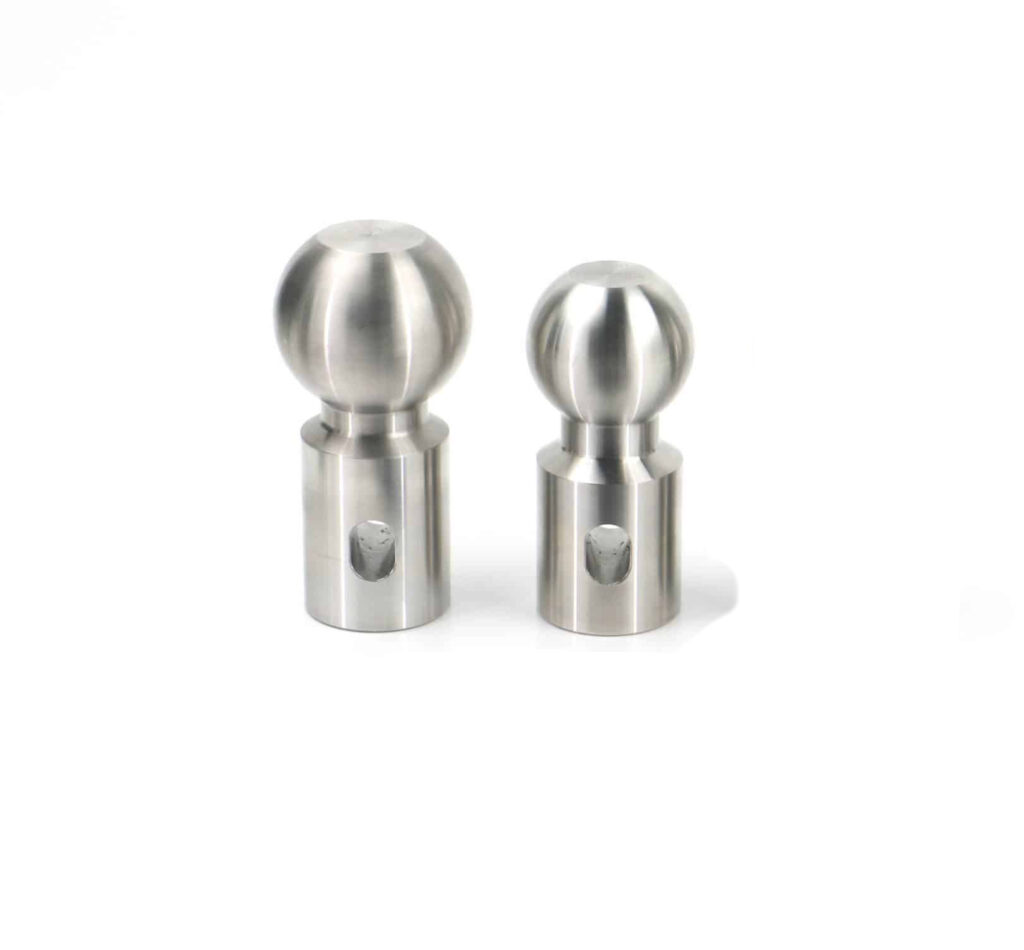
INCLUDES 2 TOW BALLS
Comes with two stainless steel tow balls: 2″ and 2-5/16" sizes. Swapping out the tow balls is as easy as pulling a pin and can be done in seconds! Simply remove the slider and pull out the ball retaining pin to release the tow ball. A 1-⅞” tow ball can be purchased separately if you need a smaller size.
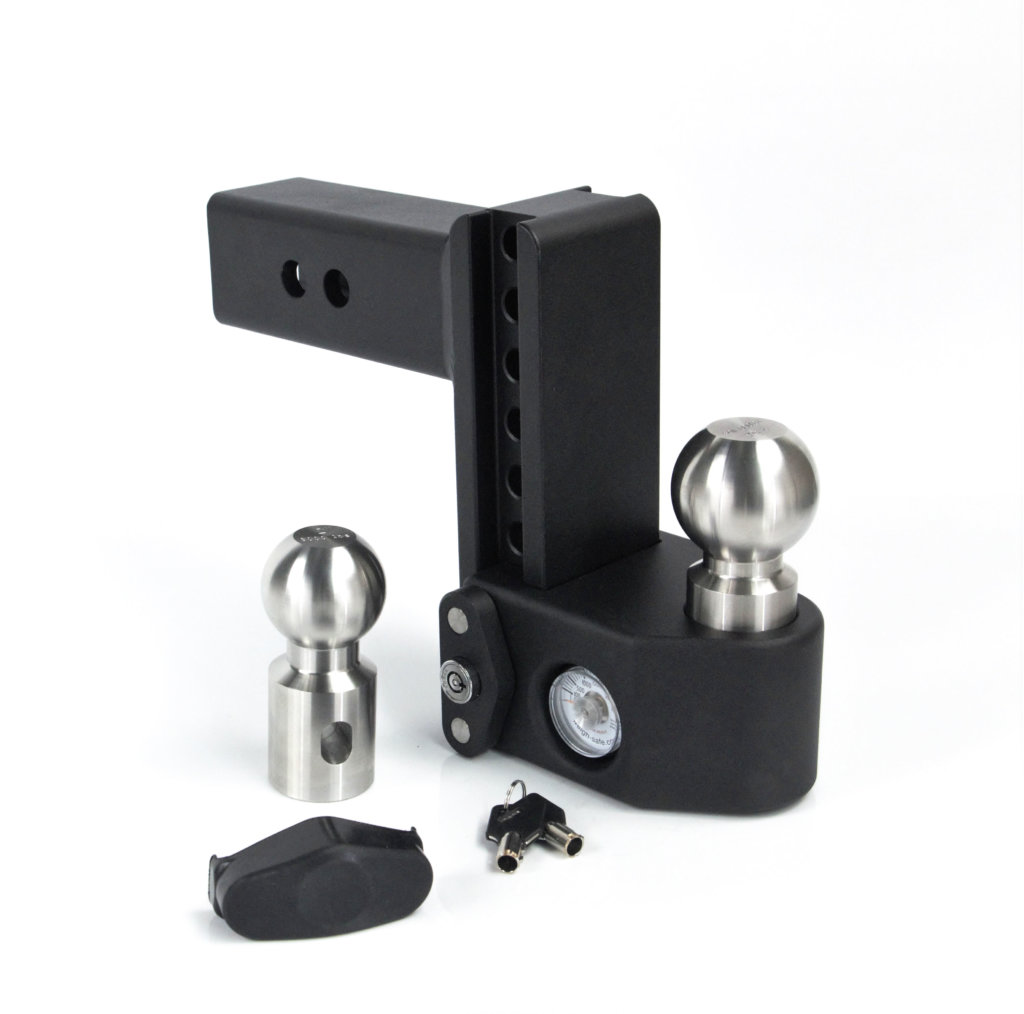
ULTIMATE VERSATILITY
Towing a different trailer and need to adjust the height of the slider? No problem. With the Dual Pin Slider Lock, height adjustability has never been easier. Add in the option to use the Steel Weigh Safe Drop Hitch in the rise position and you have the ultimate adjustable hitch. This hitch can also be flipped around and stowed out of the way when not in use, saving shins everywhere.
PROTECT YOUR GEAR
Need more security? Choose from a wide variety of accessory locks to further secure your truck and trailer. Order your ball mount with a Hitch Locking Pin or an entire Lock Set (Hitch Locking Pin, Coupler Latch Lock and Padlock) and have them all keyed alike to your Steel 180 PRO. You read that right, ONE key for everything!
What’s in the Box
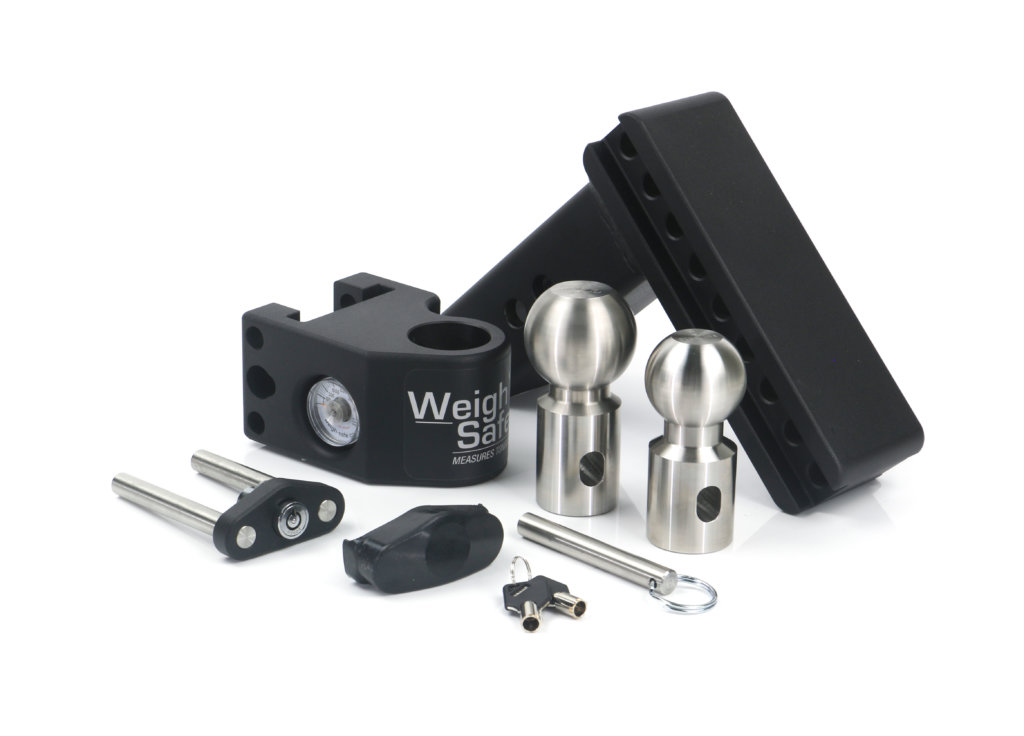
| 1- Drawbar | 1- Slider with Gauge |
| 1- 2″ Ball | 1- 2-5/16″ Ball |
| 1- Ball Retaining Pin | 1- Lock Plate Key Assembly |
| 1- Dust Lock Cover |
| Features | 6" or 8" Drop |
|---|---|
| Built-in Scale | ✓ |
| Shaft | 2" or 2.5" |
| Ball | 2" & 2-5/16" Stainless Steel Balls Included 1-7/8 add-on option" |
| Max GTW | 7500 lbs - 1-7/8” ball 8000 lbs - 2” ball 15,000 lbs - 2-5/16” ball (2” shaft) 22,000 lbs - 2-5/16” ball (2.5” shaft) |
| Max Tongue | 1,500 lbs (2" Shaft), 2,200 lbs (2.5" Shafts) |
| V5 & J684 certified | ✓ |
| Drop Hitch Adjustment | 1” increments |
| Weight | 6" Drop - 31 lbs - 2" shank | 35 lbs - 2.5" shank 8" Drop - 34 lbs - 2" shank | 38 lbs - 2.5" shank |
| Ball material | Stainless steel |
| Pin | Dual pin key lock assembly included |
| Rise | All hitches may be used in rise position *Gain 1 inch (e.g. 6” drops are 7” rises) |
| Total Height | Add 3 inches (*e.g. 6” drops measure 9" from the top of the receiver to the hitch base) |
| Hitch Pin Hole | 5/8" Diameter |
| Compatible with Clam Shell | ✓ |
| Stowable | ✓ |
| Saves Property | ✓ |
| Saves Time | ✓ |
| Maintenance | Stainless steel tow balls can still show surface rust, particularly after use in a coupler and exposure to water/salt. This rust will not spread past the surface of the towball and it will not affect the performance of the towball. The rust can be cleaned up and removed with a scotch brite/brillo pad. |
Built-In Tongue Weight Scale
The Weigh Safe Drop Hitch is the one and only trailer hitch with a built-in scale that measures load before you hit the road, resulting in a much safer and enjoyable towing experience. Before this ball mount, gauging your trailer’s tongue weight was a hassle. You had to rely on inefficient bathroom scales, make a trip to the weigh station, or purchase a separate tongue weight scale. But with the Weigh Safe’s built-in scale, measuring your tongue weight is as easy as coupling your trailer to your ball mount. After verifying that your drop hitch receiver is the correct height, simply hook-up your trailer to the Weigh Safe ball mount just as you would any other ball mount.
Why Is Tongue Weight Important
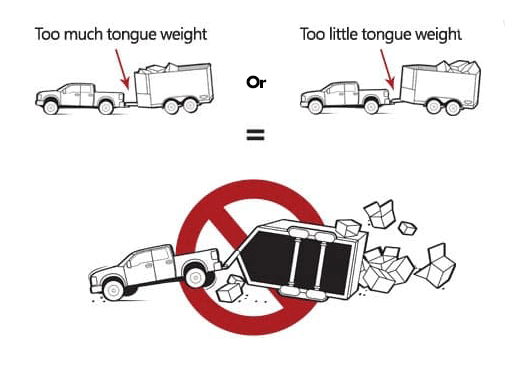
Tongue weight (TW) refers to the weight that the fully loaded trailer exerts downward on the hitch ball of the tow vehicle. Tongue weight is typically 10 percent – and should not exceed 15 percent – of your gross trailer weight. For example, a 10,000-lb trailer should have a tongue weight between 1,000 lbs and 1,500 lbs. You can adjust the tongue weight of your trailer by removing or adding cargo or redistributing the load on the trailer. The tongue weight should not exceed the capacity of your tow vehicle, your hitch, or any of your towing components.
Simply put, too little tongue weight can cause trailer sway, and too much tongue weight can cause the tow vehicle to perform poorly. You may have difficulty steering, gaining traction, or braking when driving a setup that has too much weight pushing down on the rear of the vehicle. Ultimately, towing with an improper tongue weight can cause you to lose control of your vehicle or cause your trailer to separate from the vehicle.
